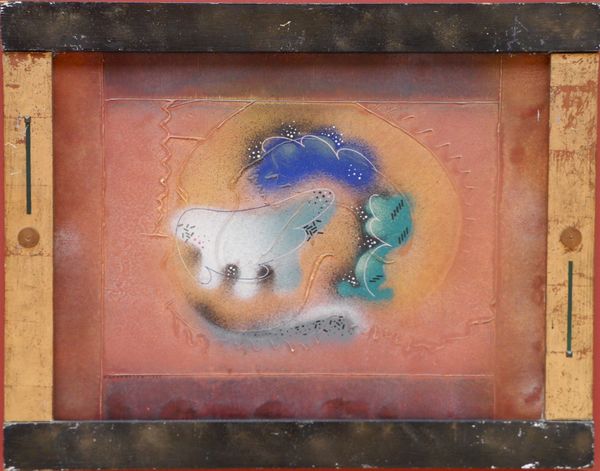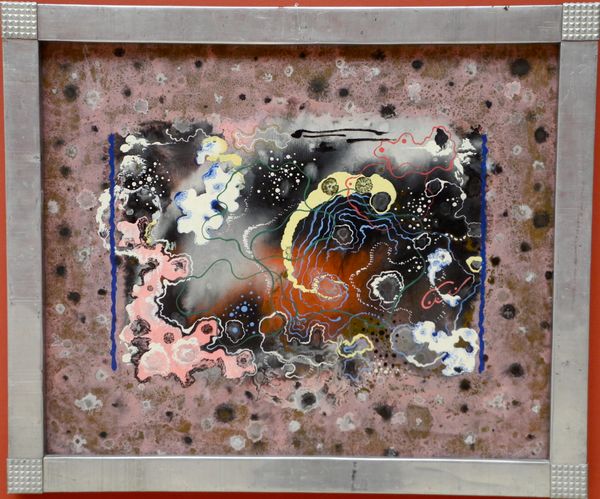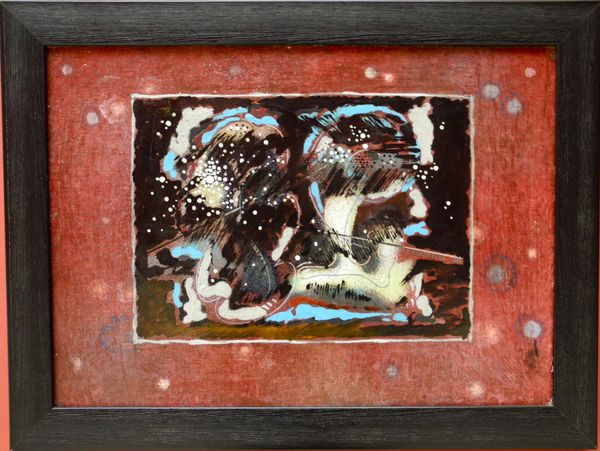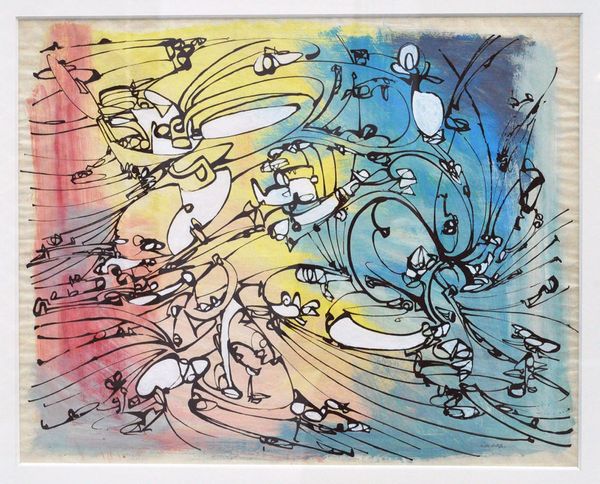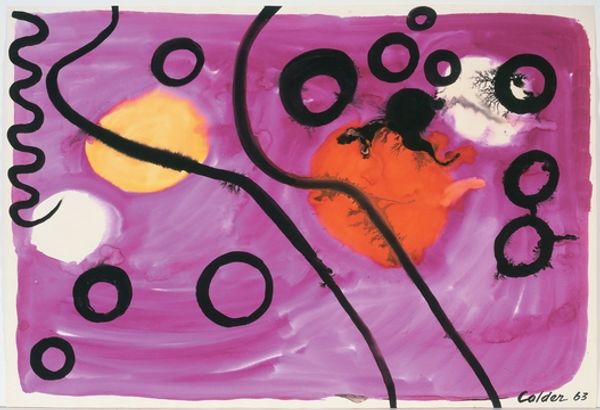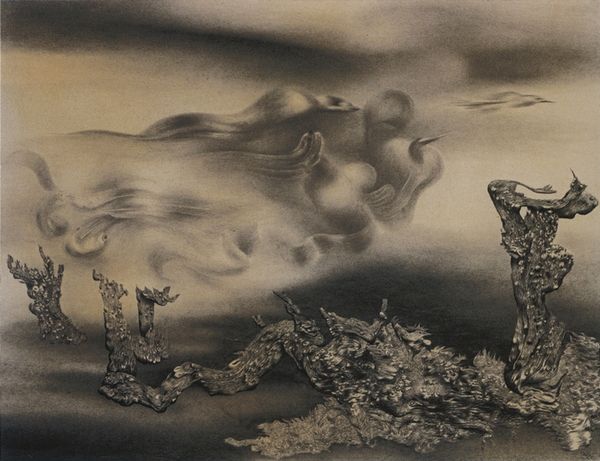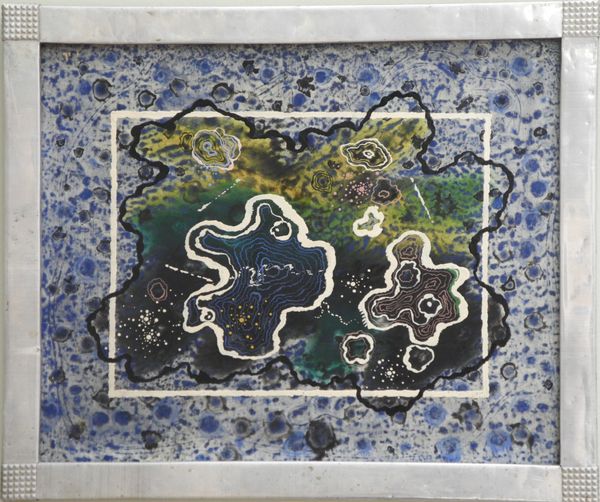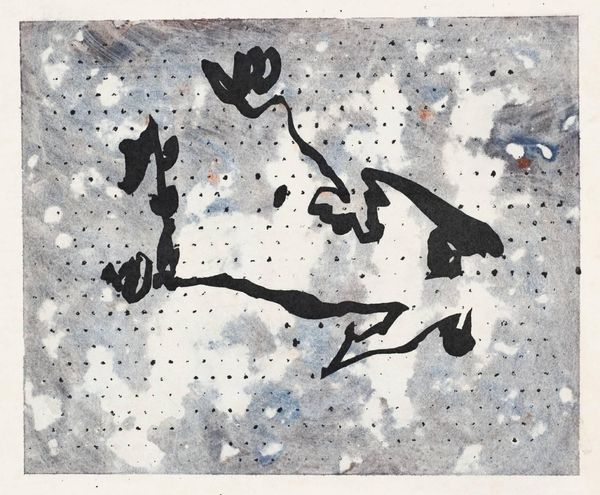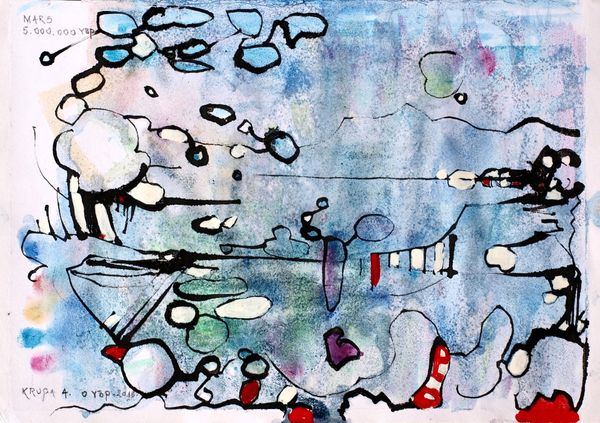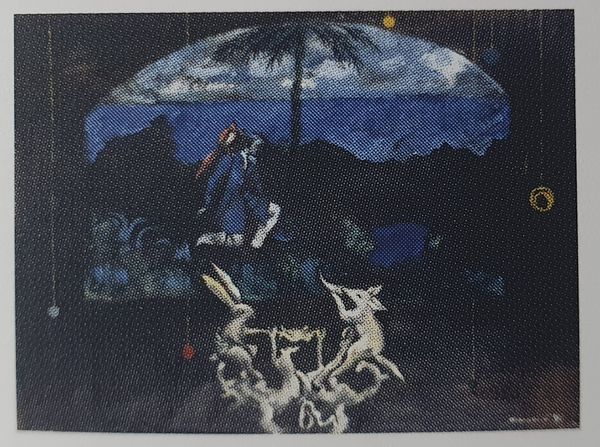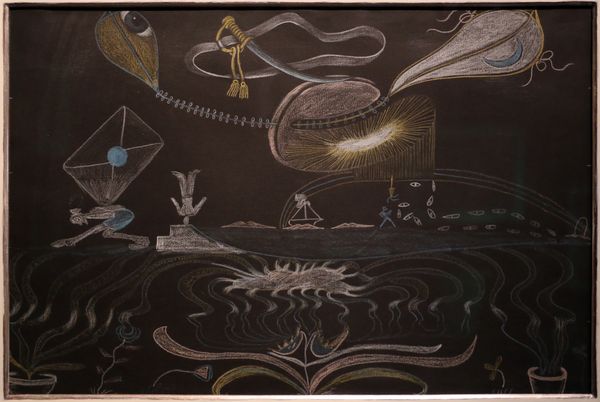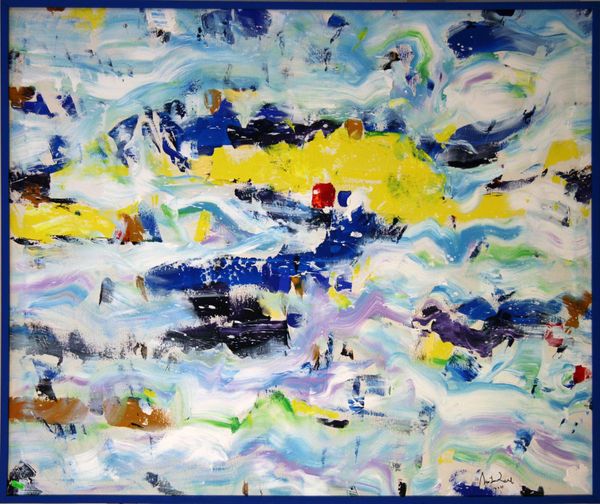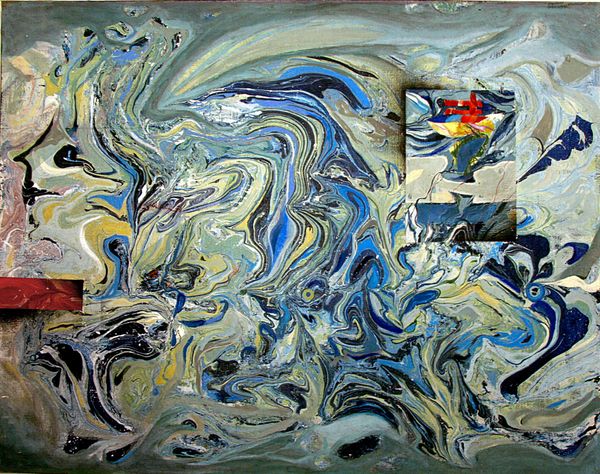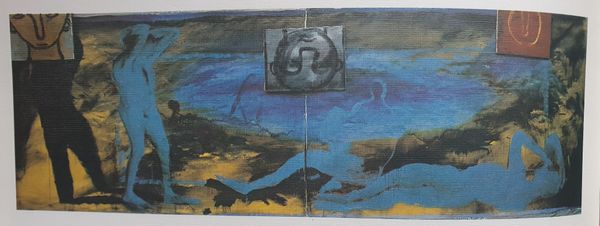
painting, watercolor
#
water colours
#
painting
#
watercolor
#
geometric-abstraction
#
abstraction
#
modernism
Copyright: David Kakabadze,Fair Use
Editor: This is David Kakabadzé’s "Abstraction," painted in 1927 using watercolor. There's a really interesting combination of free-flowing forms against a stark, almost cosmic background. What can you tell me about it? Curator: This piece, for me, is all about disrupting expectations. Kakabadzé, working in the Soviet era, presents us with what looks like pure abstraction, seemingly devoid of political messaging. But is it? Consider the cultural climate: what does it mean to create something so seemingly detached when Socialist Realism was ascendant? Editor: So you're saying it might be a quiet form of resistance? Curator: Precisely! The free-flowing, almost biomorphic shapes set against that structured dark background…it hints at a rejection of imposed order. This interplay – this tension between the individual and the collective – is incredibly powerful. Think of feminist theory: is this perhaps a reclaiming of fluidity against rigid structures? How can you contextualize it within discussions of cultural control during the 1920s? Editor: That makes me see the background differently now. It isn’t just space; it’s almost like a form of oppression, making the lighter foreground even more striking. Curator: Exactly. What you initially perceive as simple aesthetics may actually carry a complex political and social charge, encouraging dialogues about agency and authority. Editor: I never would have looked at it that way without understanding the history behind it. Curator: That's why it’s important to remember: art rarely exists in a vacuum. Exploring these intersectional narratives encourages us to actively engage with the artwork.
Comments
No comments
Be the first to comment and join the conversation on the ultimate creative platform.
